We love trees, but you already knew that. We’ve compiled a few of our favourite tree facts and some of the many benefits trees can offer us and you can find these all below:
Garden decor
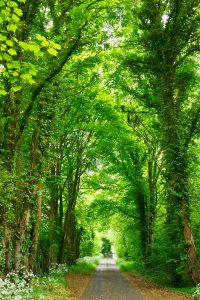
This is the obvious one, trees are beautiful and can really add to your garden atmosphere. There are so many different species that all provide different amounts of shade, aesthetic and add to the general look of your landscaping.
Marking the seasons
This goes along with their ability to enhance a gardens look and feel. Of course, depending on where you live, trees will help mark the changing of the different seasons. There’s nothing better than looking out of your window and seeing that some of the leaves have changed to a lovely orange colour marking the beginning of autumn. Similarly, when spring begins to approach, you’ll notice the leaves starting to sprout again.
Cleaning the air and producing oxygen
Trees actively absorb odours and pollutant gasses. They do this by filtering particles of air and trapping them in their roots and bark. In addition to trapping the unwanted air particles, they produce our much-needed oxygen. Studies show that mature trees can produce enough oxygen for over 18 people within a year. Pretty cool, right?
Water!
In one day, a tree can transfer 100 gallons of water up out of the ground through its roots and discharge it into the air! They also help reduce stormwater run-off. They do this by trapping fairly large amounts of water high up in their canopies which is then evaporated back into the atmosphere. This also helps control water pollution, especially after a big storm.
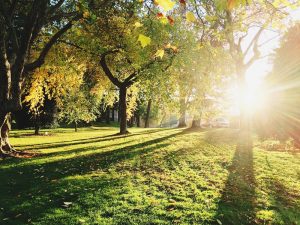
Fruit and helping economies
As there are so many different species of trees, it can be easy to forget that there are so many fruit-bearing trees. For example, a small apple tree can provide 15-30 bushels of fruit each year! Now, imagine having 5-10 fruit trees. That’s a lot of fruit! This mass amount of natural fruit production offers economies around the globe the opportunity to harvest and flourish.
They bring people together
This is our last and favourite fact about trees, and it’s one you might not think about. Trees can become a type of landmark for communities, towns and friend groups. Growing up you may have had a tree in a park that you and your friends would always meet at and play around. Or, perhaps, you remember playing on the tree swing at yours or your friends’ house. Or, maybe as you got older a tree in your community became a means of direction, ‘take the left after the massive tree on Church St.’
However you interact with trees, remember to take the time to appreciate them for the great work of nature that they are. If you have trees in your garden that need some love, don’t hesitate to get in touch. We’re always happy to come make sure your trees are as happy and healthy as possible!

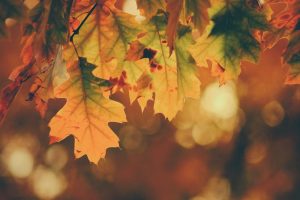
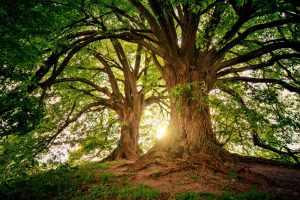
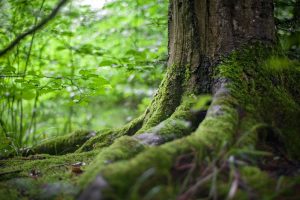
 The Do’s
The Do’s 
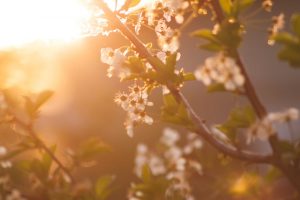

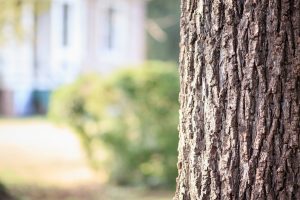
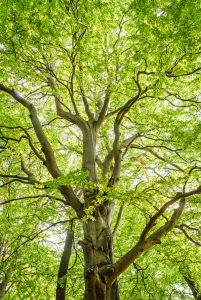 n this indicates the tree has died and is at risk of toppling over without warning.
n this indicates the tree has died and is at risk of toppling over without warning.